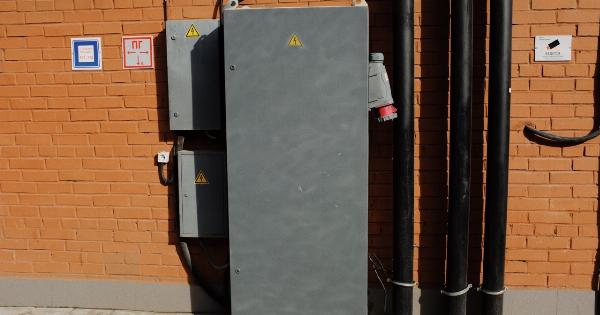When planning for retirement, it’s essential to understand how pensions work in the country you live in. If you’re living in Europe, there are plenty of different pension systems, benefits, and rules to consider.
In this guide, we’ll delve into the main types of pensions available in Europe, explore the differences between them, and analyze developments in the field. We aim to equip you with enough information to make an informed decision about your pension.
Types of Pensions
There are three primary types of pensions in Europe:.
1. State Pension
The State Pension, also known as the Basic Pension, is a government-provided pension paid to seniors of state and retirement age. The State Pension varies significantly between European countries in terms of eligibility, benefits, and tax treatment.
In general, it’s designed to provide a minimum standard of income to those no longer working.
2. Occupational Pension
An occupational pension is a pension plan arranged by an employer to provide retirement income for employees. The terms and benefits of such a plan are agreed upon through a contract or a collective agreement.
British pensioners can usually choose a lump sum or higher income, and this type of pension is often referred to as a defined contribution scheme.
3. Private Pension
Private pensions, also known as personal pensions, are retirement schemes arranged by individuals to provide an additional income to that of a state or occupational pension.
Private pensions may have different tax benefits and investment options than those provided by the state or employers. Some people opt for these schemes as they can provide greater flexibility and control over their investment choices.
How to Qualify for a Pension
Qualifying for a pension varies depending on the type of pension you apply for and the country you reside in. Here are some general guidelines:.
State Pension
To receive a state pension in a European country, you must have worked and paid social security contributions for a certain number of years in that country.
For example, in the UK, you must have made national insurance payments (NIs) for at least ten years to receive a state pension.
Occupational Pension
To be eligible to join an occupational pension scheme in Europe, an individual must be an employee of the organization who has agreed to make contributions to the scheme.
Some employers require employees to work for a specific period before joining the scheme, whereas others automatically enrol new employees.
Private Pension
To qualify for a private pension scheme, you must first find a suitable provider and agree on the terms of the policy and the investment options available. You’ll then need to make regular payments to the scheme to build up a pension pot.
Self-employed individuals may also opt for private pensions.
Factors to Consider When Choosing a Pension
When considering which pension to opt for, there are various factors that you should consider:.
Tax Implications
The tax implications of different pensions vary across European countries. In some regions, for example, contributions to a private pension scheme may offer tax relief, whereas benefits received from a state pension may be taxed.
Investment Options
The investment options available for different pension schemes can vary significantly. When considering a private pension, for instance, there may be options for both high-risk and low-risk investment strategies.
Access to Funds
Some pensions offer flexibility in terms of when and how funds can be accessed. Other schemes have fixed rules about when and how benefits can be claimed.
Costs and Charges
The costs and charges associated with different pensions should also be considered. Some schemes charge high fees, while others may have lower costs.
Pension Development in Europe
The state of pensions and retirement policies is continually evolving in Europe. Here are some recent pension developments:.
Changes to the State Pension
The State Pension scheme is often subject to reform by European governments.
For example, the UK government made significant changes to the state pension in 2016, by introducing a new flat-rate State Pension and phasing out the basic and additional State Pensions.
Germany extended its age of eligibility for a state pension, in line with increased life expectancy, while Austria introduced new rules that will require those with lower contributions to work for a more extended period before qualifying for a state pension.
Incentives to Join Private Pensions
Many European countries offer tax incentives for people to join private pension schemes. In the UK, contributions to private pensions attract tax relief, meaning those paying into pensions can benefit from significant tax savings.
Other countries, such as Denmark, offer government assistance in the form of matching contributions.
Growing Trend Towards Retirement Income Flexibility
The trend towards more flexible state and occupational pension policies has continued in Europe.
Initiatives like the UK’s Pension Freedom Act have enabled individuals greater flexibility in accessing their pension savings, with more options for lump sum withdrawals or phased payments.
Conclusion
Retirement planning in Europe requires careful consideration of different pension options, eligibility criteria, and tax policies. State, occupational, and private pensions each have their own benefits and drawbacks.
Understanding the differences between pension schemes and keeping aware of developments in retirement policy can help pensioners make an informed decision about their retirement plan.





























